The Sony FX30 vs. the BMPCC 6K G2—Which Affordable Cinema Camera Is Right for You?
Sony is targeting the affordable cinema camera market with its new FX30, but is it a good choice for filmmakers considering the Blackmagic Pocket Cinema Cameras?
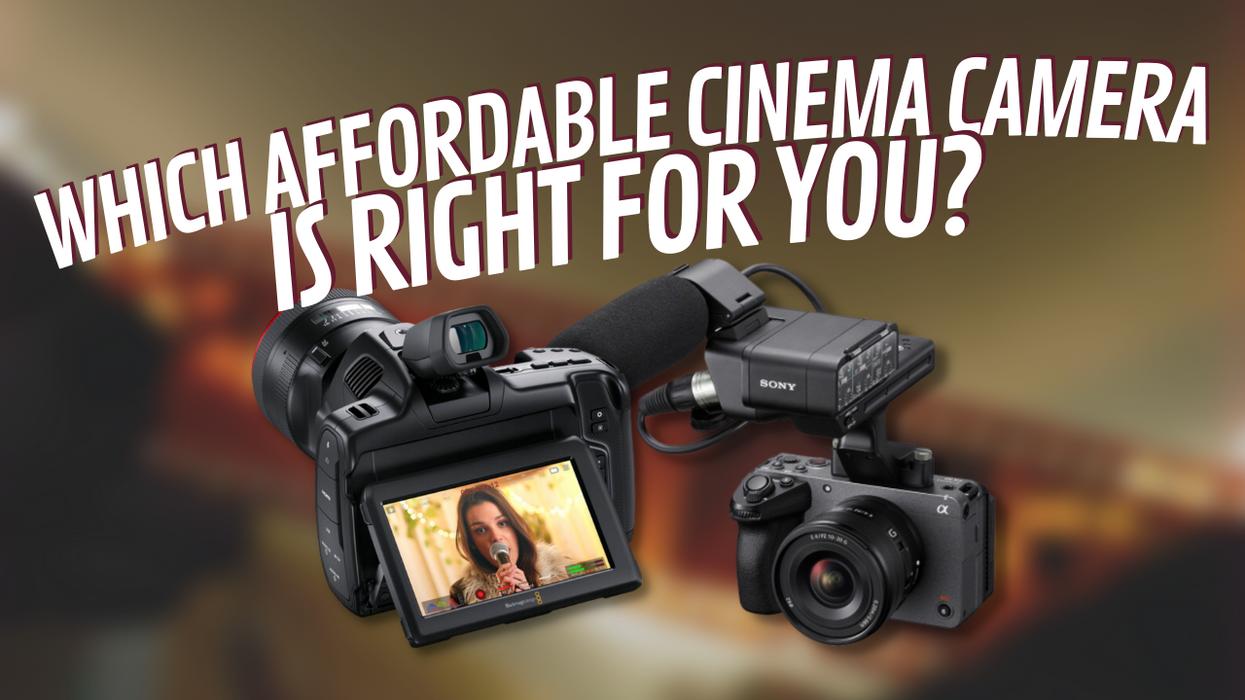
Blackmagic Design cameras have always dominated the affordable cinema camera space. No other brand has been able to consistently offer production-ready features for such an affordable price.
That is, until Sony released the FX30 with IBIS and industry-leading autofocus, making it a great alternative to the robust Blackmagic Pocket Cinema Camera 6K G2 and even the legendary (at least for us) BMPCC 4K. All for an attractive price of $1,800.
You may be wondering if the FX30 is right for you, or would the BMPCC 6K G2 or even the 4K be the better option? We take a look to help you make the right decision.
Blackmagic & Sony
When Blackmagic introduced the original Cinema Camera at NAB 2012, the surprise announcement was met with fanfare, love, and hate. While the camera eventually became a hit with filmmakers, the weird form factor and MFT sensor had their detractors. Since then, Blackmagic has introduced several other camera options, including the URSA Mini Pro 12K, URSA Mini Pro 4.6K G2, and the more compact Pocket Cinema Camera 6K G2, 4K, and 6K Pro.
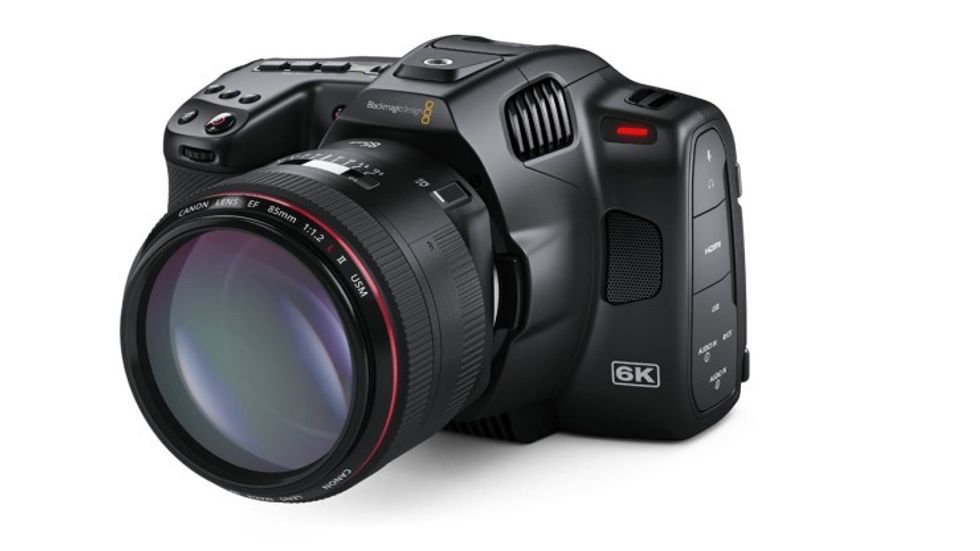
If you’re a creative who is looking for an extremely affordable cinema camera option, it could be tough to decide between Sony’s FX30 and the BMPCC 6K G2 (or Pocket 4K). On the one hand, you have several years of development and successful use of the Blackmagic Pocket Cinema Cameras. On the other hand, Sony has been a leader in HD and UHD cinema cameras for decades, with the nearly identical FX3 and popular A7 series of cameras, all the way up to Sony VENICE. Plus, they have a history of game-changing cameras, including the F900 CineAlta that George Lucas chose to film Star Wars: Attack of the Clones on way back in 2000.
We’re going to look at the Sony FX30 with the BMPCC 6K G2 and 4K, as they are similar in size, features, and price. While the BMPCC 6K Pro has additional features that would tick some extra boxes, it costs $2,535, so we won't include that in our comparison.
Overall Features
The Sony FX30 features a brand new 6K back-illuminated APS-C Exmor R CMOS sensor at 26.1 megapixels (20.1MP are usable) and Sony's E-mount. This is oversampled to deliver a solid 4K in 4:2:2 10-bit XAVC. It can film in 14+ stops of dynamic range when filming in SLOG3 and even outputs a 16-bit RAW signal to an external Atomos recorder. Additionally, the FX30 features a fantastic 5-axis in-body image stabilization (IBIS) for smooth handheld shooting and an optional top handle that expands your audio options.
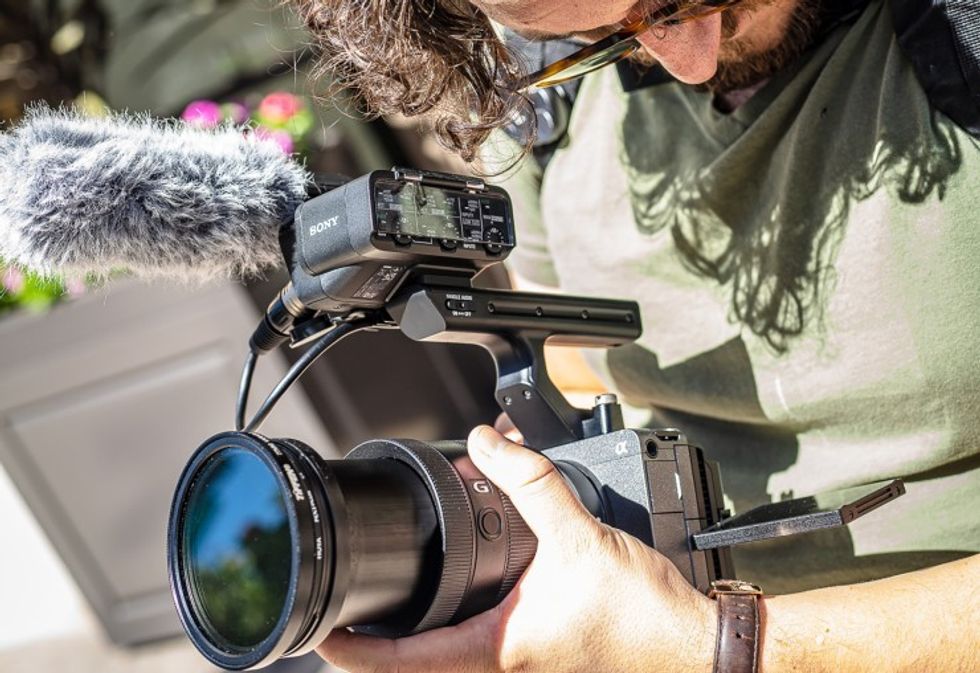
Meanwhile, the Blackmagic Design Pocket Cinema Camera 6K G2 has a similarly sized Super 35 sensor with a 6144 x 3456 resolution and an EF lens mount. It has 13 stops of dynamic range and can record in the coveted BRAW internally, along with ProRes. There is no in-body image stabilization that can match the FX30, but there is a gyro that has been unlocked in all three BMPCC units, which can do a good job stabilizing your footage in post. You also have a nice selection of both video and audio ports.
Finally, the BMPCC 4K features a smaller Micro 4/3 image sensor at 4096 x 2160 DCI 4K resolution, 13-stops of dynamic range, an MFT lens mount, and the same internal BRAW and ProRes recording options. Like its older sibling, there is no internal stabilization, but it does have the gyro feature.
Size and Weight
The Blackmagic Pocket Cinema Camera 6K G2 is nice and compact at 7.08 W x 4.84 H x 4.41 D inches (17.98 x 12.29 x 11.2 cm) but weighs 2.65 pounds (1.2 kg) without a lens or accessories. The smaller BMPCC 4K is very similar in size at 7 W x 3.8 H x 3.4 D inches (17.78 x 9.65 x 8.64 cm), and weighs 1.5 lbs. (.68 kg).
However, both cameras are constructed out of durable, lightweight carbon fiber polycarbonate composite. While they're both super easy to hold all day, the form factor does take getting used to.
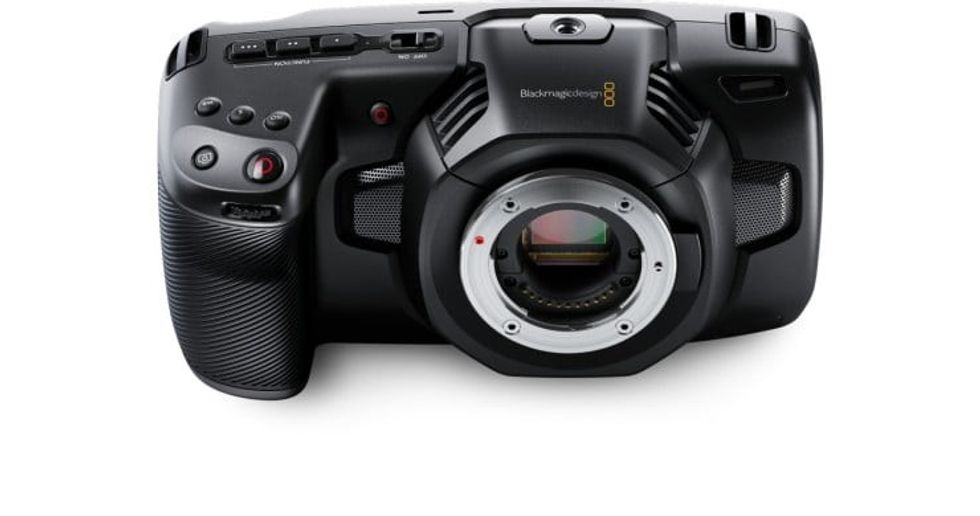
Meanwhile, the Sony FX30 is built out of magnesium alloy and is smaller than both the BMPCC 6K G2 and BMPCC 4K at 5.1 W x 3.1 H x 3.3 D (12.97 x 7.78 x 8.45 cm). It has a simple box shape and weighs 1.2 lbs. (.54 kg), which is just a little less than the BMPCC 4K. There are also several 1/4-inch attachment points around the camera, meaning you won't really need a cage like you might for the BMPCC cameras.
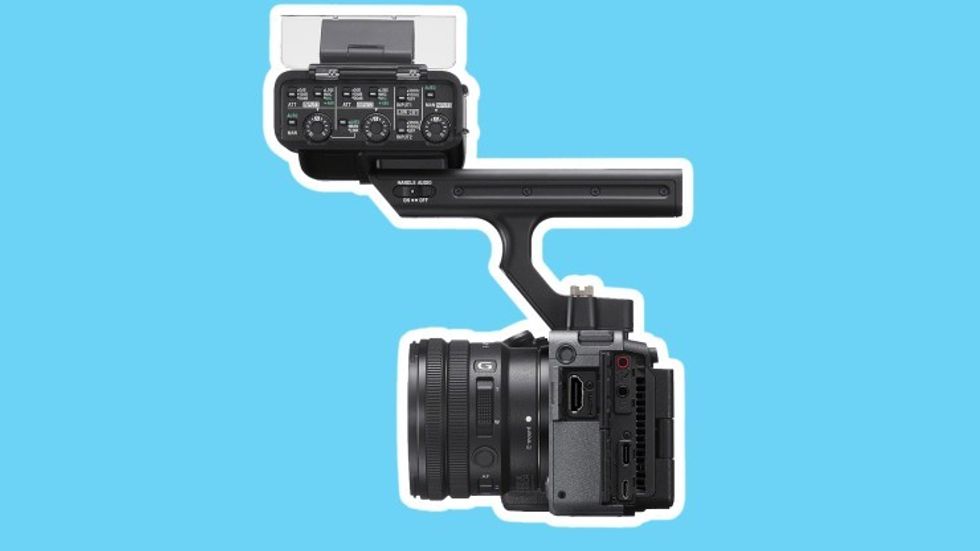
Overall, these three cameras are very similar in size and weight, although the FX30 is slightly smaller and comes a bit more prepped out of the box thanks to its cageless design.
While all three can be used on set (with the first generation BMPCC 6K having already been used to film television), there are several form factor differences that might make you lean one way or the other.
Our Thoughts
Both the new Sony FX30 and BMPCC 6K G2 cost about the same ($1,798 and $1,995, respectively), making these two cameras some of the most affordable cinema-ready tools on the market. If you want a cheaper camera, the BMPCC 4K will cost $1,295 (body-only). But once you start adding lenses and accessories, the prices could jump around all over the place.
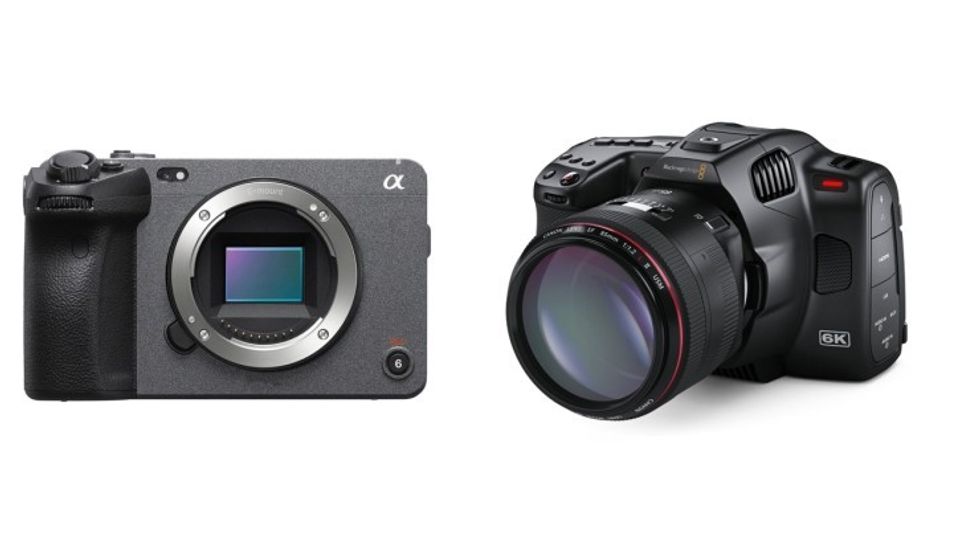
For us, the biggest features of the Sony FX30 are not only the affordable price but the IBIS, autofocus, and battery life, which ran almost double the BMPCC 6K G2 in our tests. While Sony's autofocus is a lifesaver for some filmmakers, many creatives have likely invested in a great set of manual lenses and won't need AF.
The biggest drawback that we found is the lack of internal RAW filming (it's all external) and the need for the optional top handle if you need robust audio ports.
Sony FX30 Digital Cinema Camera

- 26.1MP APS-C BSI CMOS Sensor
- 20.1MP usable
- UHD 4K up to 120p
- Compact Form Designed
- 10-Bit 4:2:2 XAVC S-I
- 16-Bit Raw Output
- S-Cinetone/S-Log3/HLG,
- 14+ Stops DR
- Phase Detection AF/Face Tracking/Eye AF
- Standard ISO 100-32000 |
- Dual Base ISO 800/2400
- CFexpress Type A & SDXC Card Slots
- User LUTs & Timecode Sync Support
And that's where the BMPCC 6K G2 and BMPCC 4K truly shine. They both shoot in BRAW and ProRes internally. If you were to give a production the choice of XAVC or BRAW/ProRes, the latter two would almost always win out. When there's money on the line, the most versatile format has the upper hand, and while Sony's XAVC codec is incredibly robust, BRAW is still the winner for now.
BMPCC 6K G2
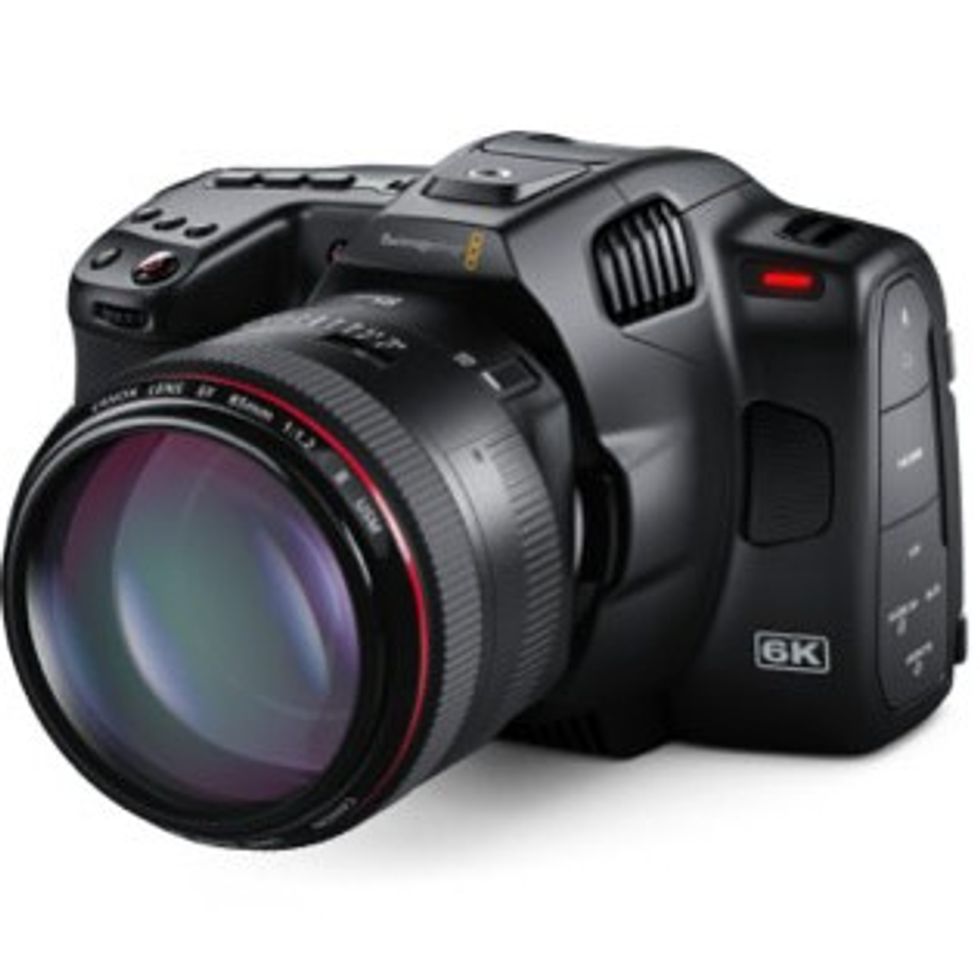
- Super 35 HDR Sensor, Gen 5 Color Science
- Canon Active EF Mount, Dual XLR Inputs
- 5" Tilting LCD Touchscreen
- Does Not Have Internal ND Filters
- Record 6K 6144 x 3456 up to 50 fps
- Record up to 120 fps Windowed 2.8K/1080p
- CFast 2.0 & SD/UHS-II Card Slots
- Dual Native 400 & 3200 ISO
- Supports Optional Pro EVF
- Supports Optional Pro Battery Grip
But, if you are looking to save every penny, you can’t go wrong with the BMPCC 4K with its affordable price of $1,295 for the base model.
Ultimately, the decision is up to you on which camera is best. From what we discovered, the decision will come down to either internal RAW recording or battery life, IBIS, and autofocus. While that may seem like a lopsided comparison, remember that not everyone needs IBIS or autofocus for their projects.
Keep in mind that both the Sony FX30 and the BMPCC cameras will require some additional add-ons for extra functionality. This can include things like Sony's top handle or a cage for the Pocket Cinema Cameras, making them a little bit bulkier, heavier, and more expensive.
Learn more about the Sony FX30 here, and Blackmagic's Pocket Cinema Cameras here. If you want to get either one, let us know why in the comments!
Check out weekly specials, deals, and rebates: Pro Video Gear, Pro Audio Gear, Lighting











